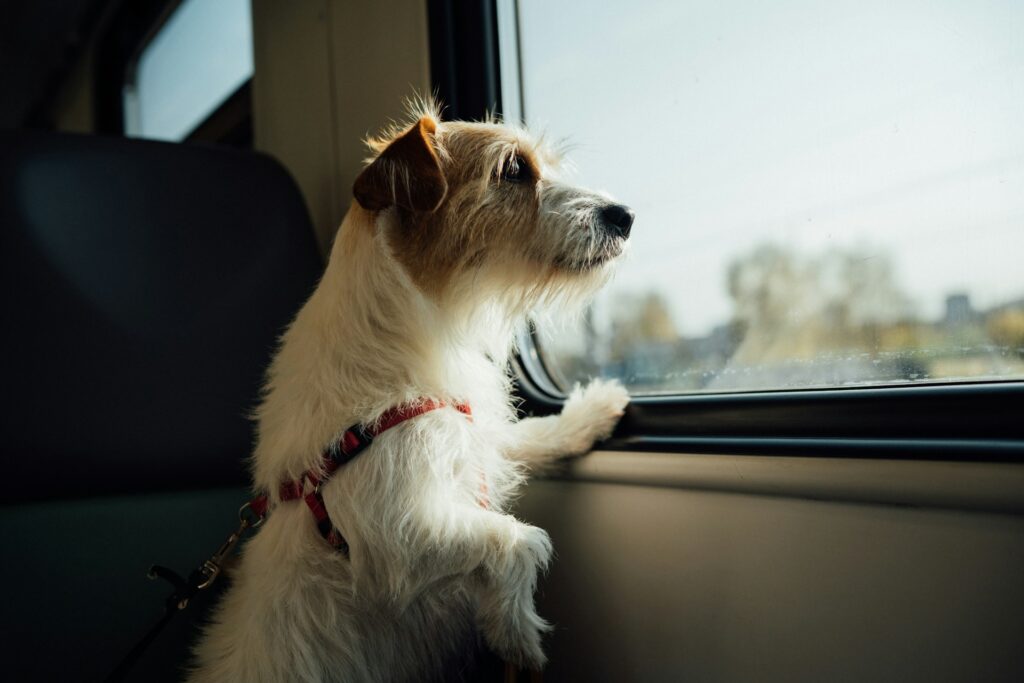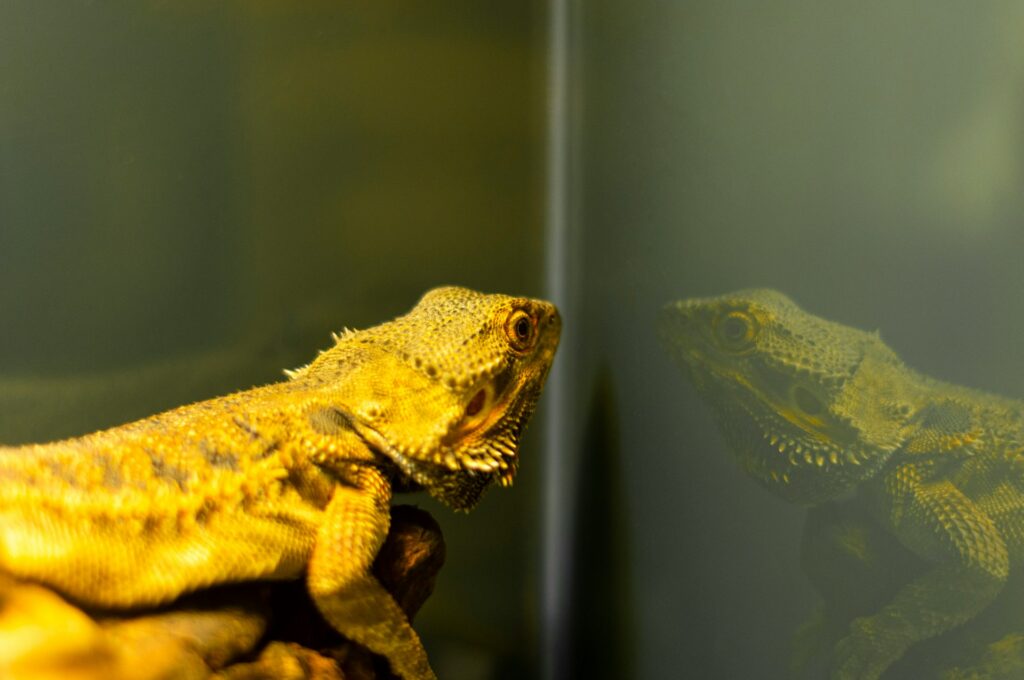Relocating across borders can be a stressful process, especially when traveling with pets. And safeguarding your pet’s health is crucial during this transition. But together we’ll cover vital preparations, including veterinary check-ups, necessary vaccinations, and the arrangement of travel logistics tailored to ensure their well-being. By focusing on these key areas, you can maintain your furry friend’s comfort throughout the move, setting the stage for a smoother adjustment to your new home.
Pre-Relocation – Preparing Your Pet for the Journey
Before your departure, it’s vital to focus on ensuring your pet’s well-being. First, schedule a visit to your veterinarian. Confirm that your pet’s vaccinations are current and tailored to your new location’s health standards. Discuss any travel-related health concerns and get advice on sedation and anxiety management options if necessary. Bear in mind that different countries have specific entry requirements for pets. You may need additional health certificates or a pet passport for your furry friend. Contact the relevant authorities to ensure you have all necessary documents well ahead of your travel date.
Next, choose an airline known for handling pets safely and compassionately. Review their pet policies thoroughly to avoid any surprises on travel day. In addition, invest in a high-quality, IATA-approved carrier that meets airline specifications for size and safety, ensuring your pet’s comfort throughout the journey. Secure your current residence by ensuring that all potential hazards are removed, and your pet’s living area is as calm and stable as possible until departure. This helps minimize stress for your pet leading up to moving day. However, moving is also stressful for us humans. One way to minimize it is to ensure your household items are safely transported. To add to that, hiring a company that also offers professional packing services can secure your belongings, giving you more time to focus on your pet’s travel needs.

Caption: The means of transportation is just as important as the journey itself when it comes to our pets.
Travel Day Strategies for Safeguarding Your Pet’s Health
Ensuring your pet remains comfortable and safe during the move is vital. And for starters, make sure you only feed your pet a light meal several hours before the trip to prevent travel sickness. Keep to their regular medication schedule and pack an extra supply for emergencies. This careful timing helps avoid discomfort and stress. Secondly, place familiar items, such as a beloved toy or blanket, inside your pet’s carrier to create a soothing environment. Consider a vet-approved sedative or stress-relief aids if your pet is known to experience anxiety during travel.
While focusing on your pet’s needs, don’t forget the work behind of your own move. It’s a good idea to use a service like movingtransparent.com to alleviate some of the pressures and responsibilities. Such companies can assist with the daunting task of the actual logistics of moving your possessions. Thus, they’re helping you remain calm and supportive for your pet during the move. By implementing these strategies, you can ensure your companion’s journey is as smooth as possible. This in turn is reflective of a careful approach to safeguarding your pet’s health during the relocation.

Caption: Moving to an environment that might be completely different from the old one can come as a shock to our furry friends, so make sure you’re prepared.
Upon Arrival – Acclimating Your Pet to New Surroundings
Arriving at your new home marks a significant transition for your pet. And to help them adapt comfortably, once you arrive, give your pet time to adjust to their new environment quietly. Importantly, offer them water and a quiet space to rest, away from the bustle of moving activities. Watch for any signs of stress or discomfort that might need attention.
Following that, introduce your pet to their new home gradually, especially to ensure the calm of an anxious animal. Start with one room, allowing them to become familiar with its sights, sounds, and smells. Slowly expand their access to other areas of the house to prevent overwhelming them. In addition, locate a veterinarian as soon as possible. Schedule a check-up to ensure your pet handled the move well and discuss any necessary changes in care or vaccinations specific to the area. Last but not least, update your pet’s microchip information with your new address and contact details.

Caption: Ensure that your pet is welcomed in your new country, as per their legislations.
Long-Term Health Maintenance in a New Country
Settling in a new country requires attention to your pet’s long-term health. For starters, research common health risks for pets in your new location. Adjust your pet’s preventive care routine to address these new challenges. This might include new vaccinations or treatments for local parasites.
Then, schedule regular vet visits to monitor your pet’s health. Use these appointments to discuss any concerns and ensure your pet’s vaccinations and treatments are up to date. Regular check-ups help catch any potential health issues early. Keep your pet’s daily routine consistent with feeding, exercise, and playtime. A stable routine can reduce stress and promote physical and emotional well-being, the hallmarks of a truly pet-friendly home.
Alt: Gecko lizard looking at its reflection
Caption: No matter the kind of pet you have, their new home should pe properly equipped to accommodate them.
### Establishing a Support Network for Your Pet
Creating a support network is key for your pet’s happiness and well-being in a new environment. In the first place, identify reliable local services such as veterinarians, groomers, and pet sitters. Establishing trust with these providers ensures you have support for routine care and unexpected situations. Ask for recommendations from neighbors or local pet stores to find the best options.
Following that, connect with local pet owners through online forums, community boards, or neighborhood groups. These connections can offer valuable advice specific to the area and may lead to new friendships for you and your pet. Participate in local events or pet meetups to enhance social engagement.
Likewise, seek out and visit places that welcome pets, like parks, trails, and cafes. Regular outings to these spots can help your pet adjust to new sights and sounds while staying active and social. For instance, Europe is full of cities with pet-friendly infrastructure and activities, so make sure to explore what your new hometown has to offer. Check local resources for recommendations on the best pet-friendly locations.

Caption: Especially in multi-pet households, the way the transition is handled will make or brake their reaction to the new surroundings.
### Conclusion: Commitment to Your Pet’s Health Post-Relocation
Ensuring your pet’s health and happiness in a new country is an ongoing commitment. And each phase, with every step we’ve covered plays a critical role in safeguarding your pet’s health. Stay attentive to your pet’s needs as they adjust over time. Regular health checks, maintaining routines, and monitoring changes are essential. And keep in mind that moving with a pet requires careful planning and adaptation. Your dedication to their well-being can make a significant difference in how quickly and comfortably they settle in. Ultimately, only you can ensure a healthier and happier life for your pet in your new home.

